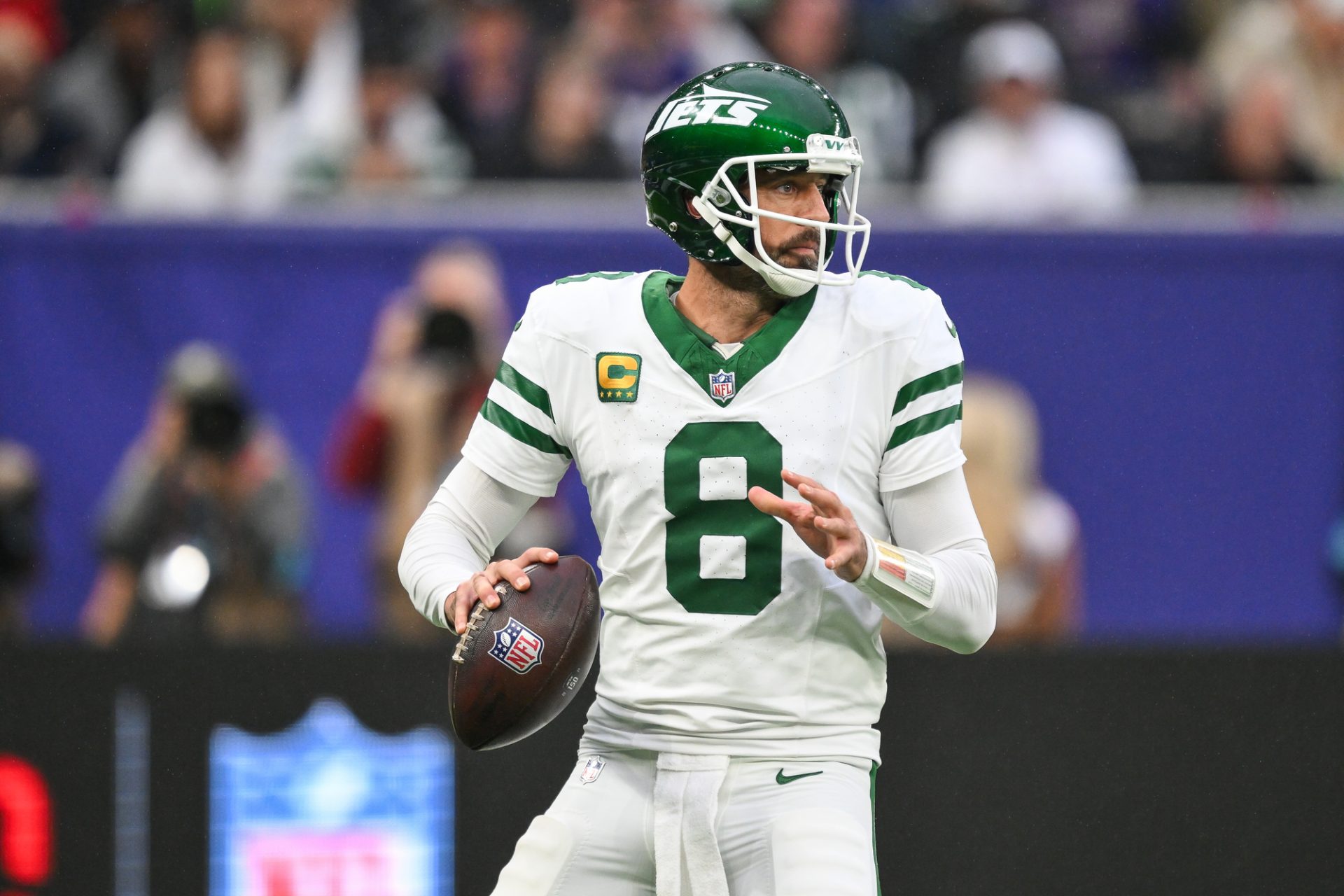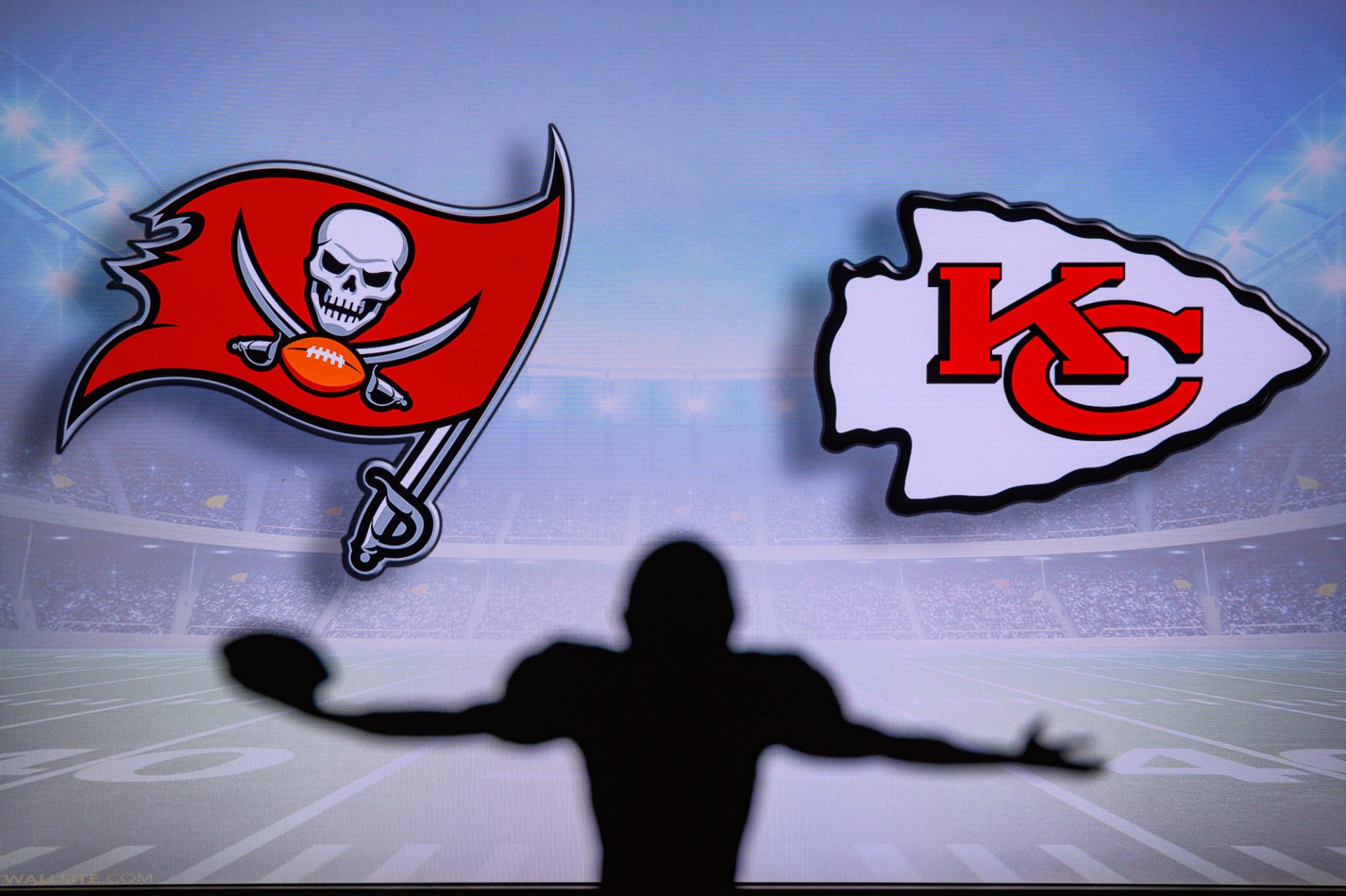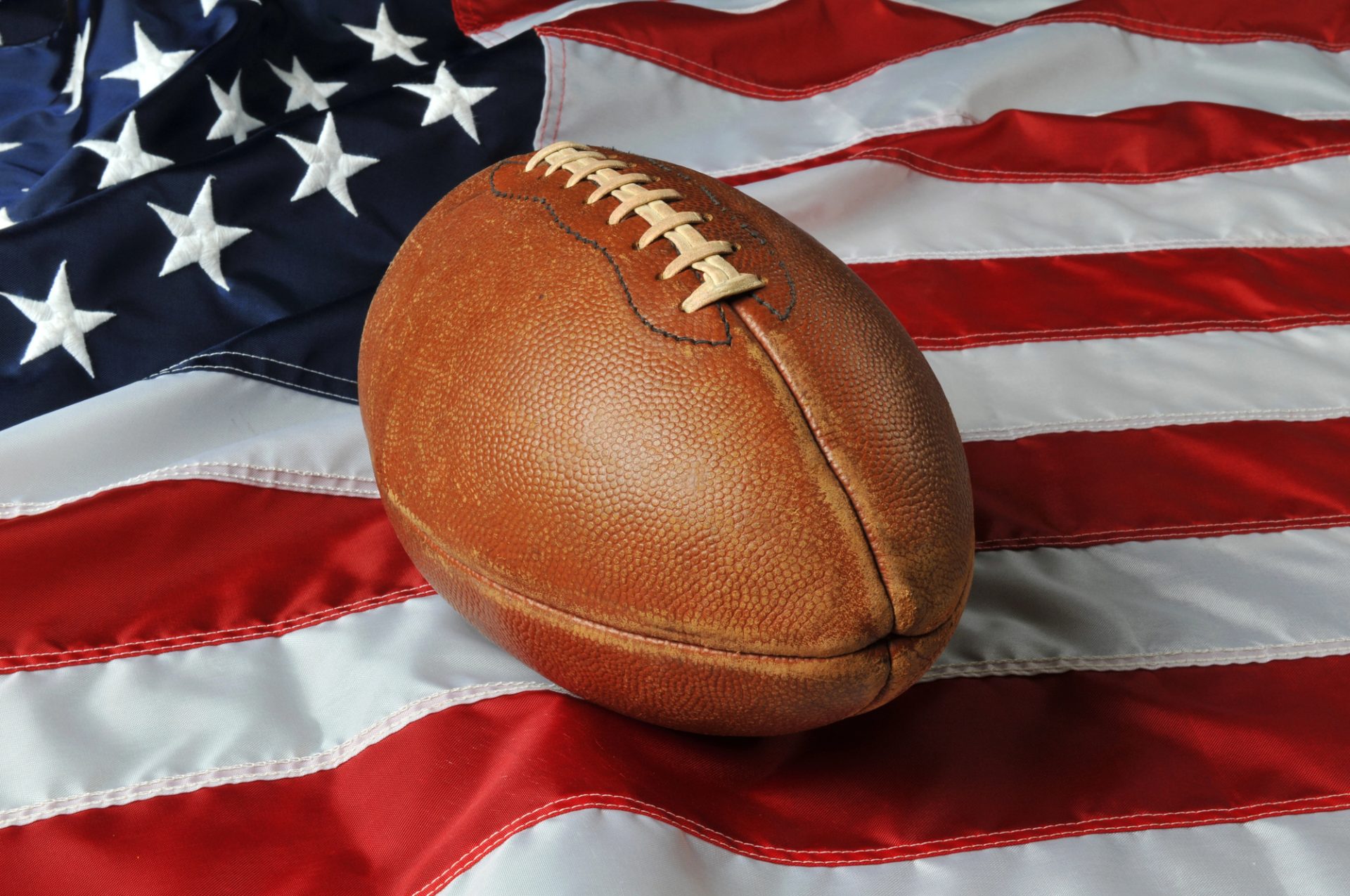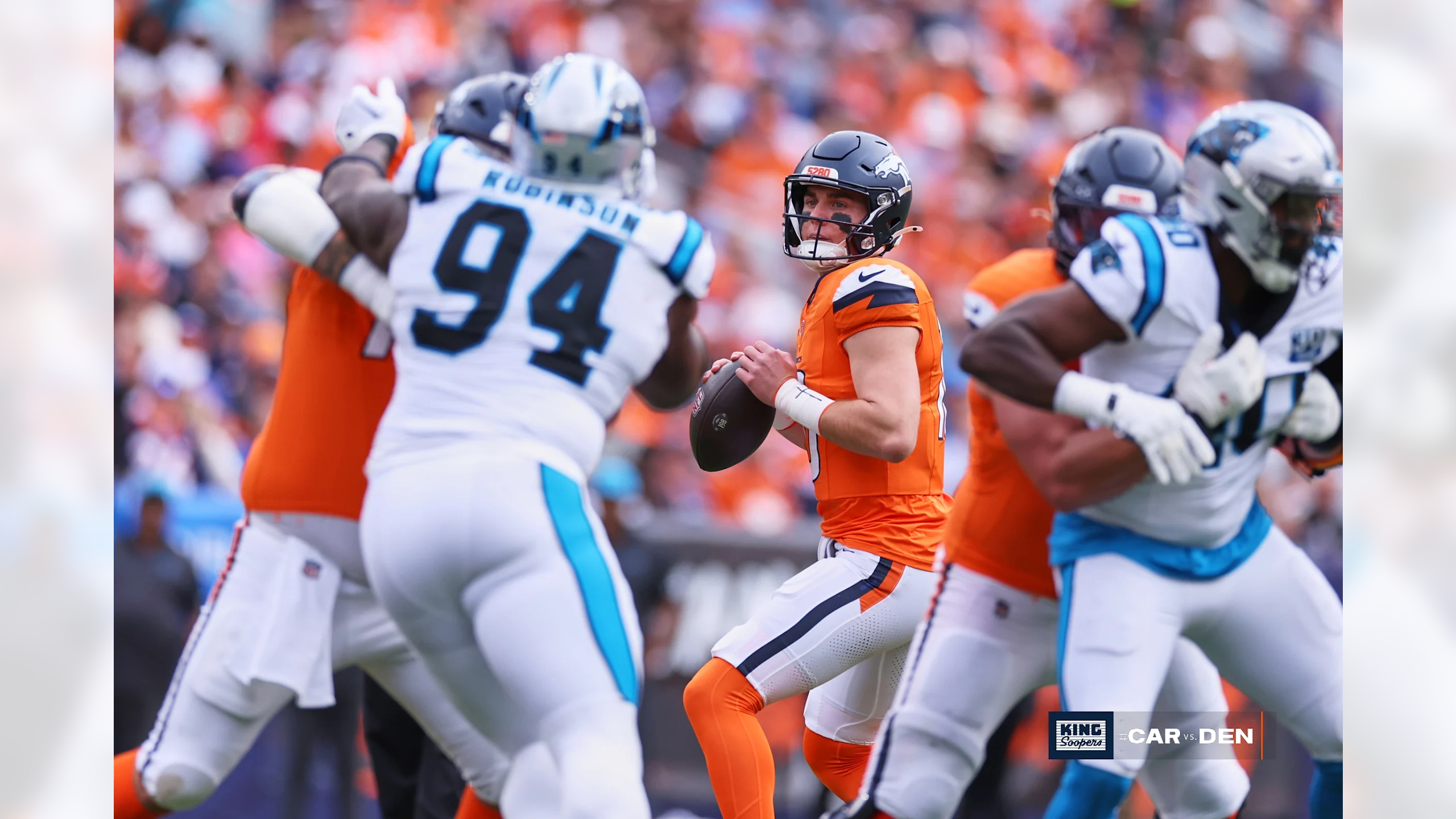Why Offensive Line Play is Key to Winning in the NFL
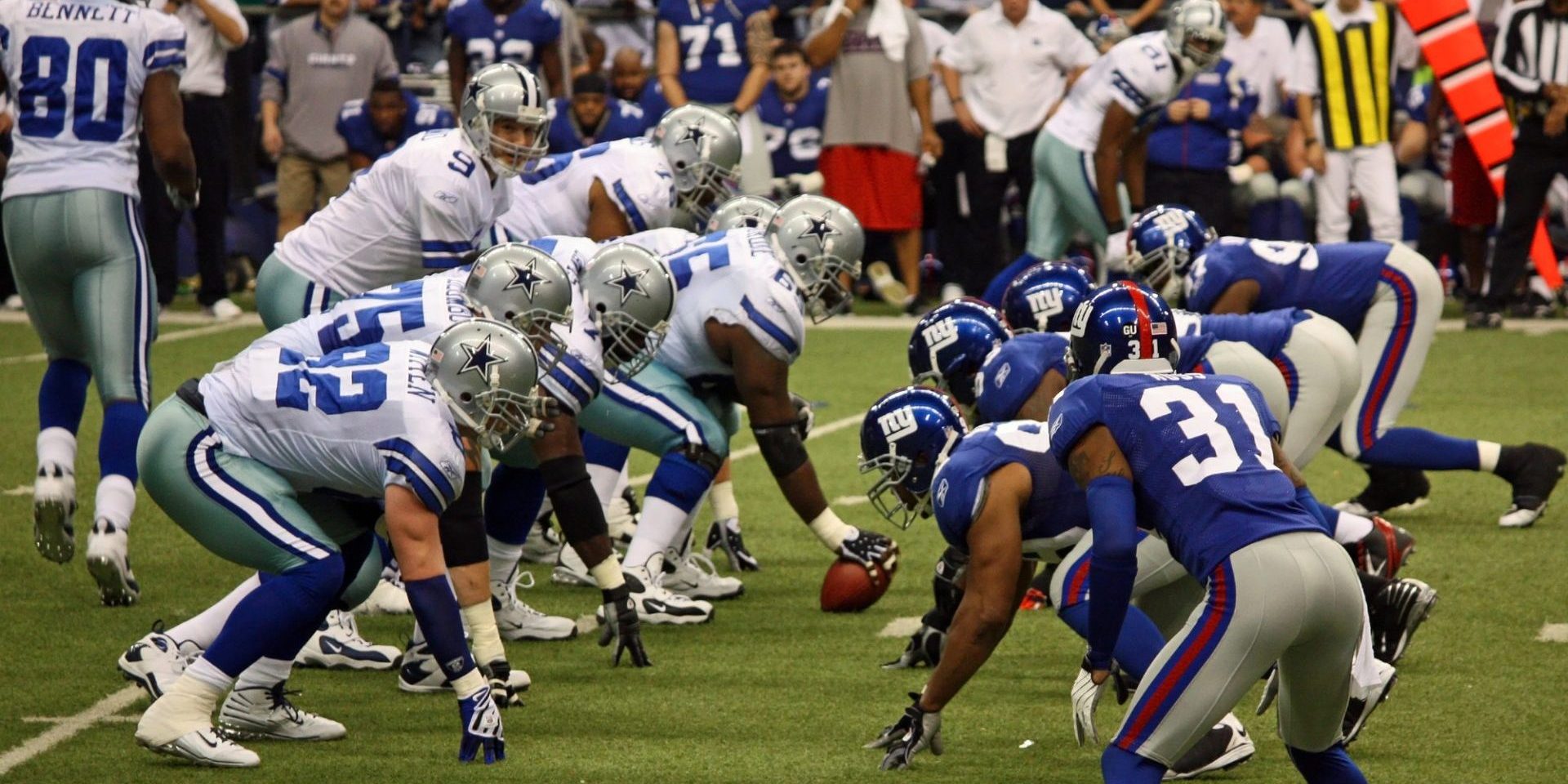
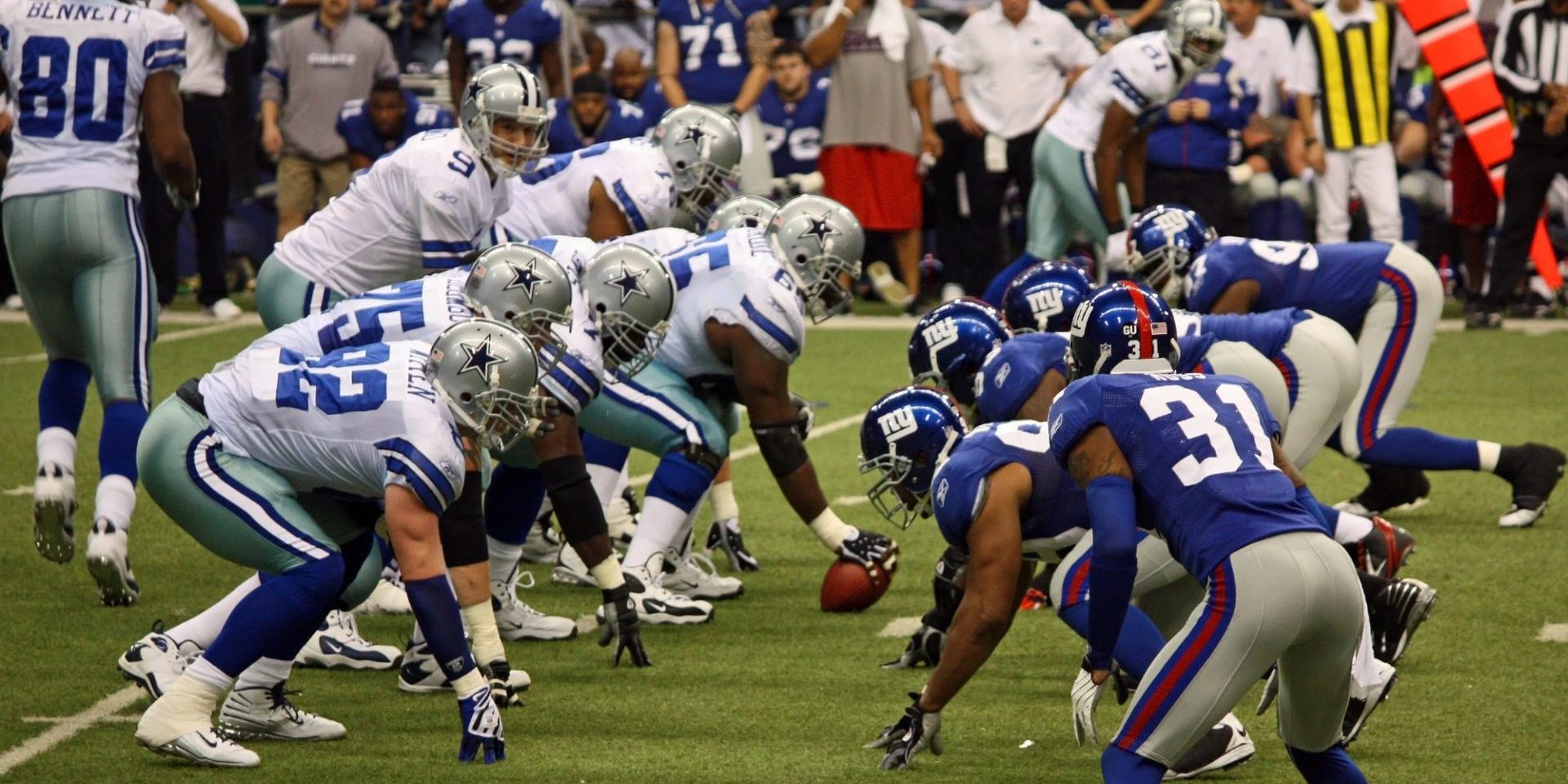
Table of Contents
Offensive line play is a critical factor in determining success in the NFL. The trenches often decide games, with the big men up front creating opportunities for skill players to shine. A strong offensive line protects quarterbacks, opens running lanes, and gives offenses time to execute complex plays, directly impacting a team’s ability to score points and win games.
The importance of offensive line play was evident in Super Bowl LV, where the Kansas City Chiefs’ depleted line struggled against the Tampa Bay Buccaneers’ pass rush. This matchup demonstrated how a superior offensive line can give a team a significant advantage, even against talented opponents.
NFL teams that invest in quality offensive linemen tend to see better results on the field. A study comparing top-performing offensive lines to bottom-tier units found a difference of nearly three wins per season. This gap can be the difference between making the playoffs and missing out, highlighting the value of a solid offensive front in the NFL.
The Strategic Impact of Offensive Line Mastery
Offensive line play shapes the success of NFL teams. Strong line performance enhances quarterback protection, boosts the run game, and allows offenses to adapt to defensive schemes.
Quarterback Protection and the Passing Game
A dominant offensive line provides quarterbacks with crucial time in the pocket. This extra time allows receivers to complete their routes and quarterbacks to scan the field for open targets. Teams with high pass-block win rates often see improved passing statistics.
Effective pass protection also reduces sacks and quarterback hits. This lowers the risk of injuries to key offensive players and helps maintain offensive rhythm. Quarterbacks who trust their protection tend to make better decisions and throw with more accuracy.
Offensive lines that excel in pass blocking force defenses to commit more resources to the pass rush. This can open up opportunities for quick passes and screen plays.
Dominance in the Run Game
A powerful offensive line creates lanes for running backs to exploit. Linemen who consistently win their matchups at the point of attack allow runners to reach the second level of the defense untouched.
Run-block win rate correlates strongly with rushing success. Teams that dominate the line of scrimmage can control the clock, wear down opposing defenses, and set up play-action passes.
Effective run blocking also adds unpredictability to an offense. When defenses must respect the run, it opens up opportunities in the passing game and keeps defensive coordinators guessing.
Adjusting to Defensive Strategies
Elite offensive lines can adapt to various defensive fronts and blitz packages. This flexibility allows offenses to maintain their gameplan against different defensive looks.
Linemen who quickly recognize stunts and blitzes help quarterbacks make pre-snap adjustments. This mental aspect of line play is critical for neutralizing complex defensive schemes.
Versatile offensive lines enable coordinators to employ diverse offensive strategies. Whether it’s a power run game, zone blocking scheme, or pass-heavy approach, a skilled line makes multiple offensive styles viable.
Player Development and Team Building
Building a strong offensive line requires strategic planning and continuous effort. Successful NFL teams prioritize player development and team building to create cohesive, high-performing units.
Recruitment and the NFL Draft
NFL teams invest significant resources in scouting and evaluating offensive line prospects. The Draft serves as a crucial opportunity to acquire young talent. Teams assess physical attributes, technical skills, and mental aptitude.
Scouts look for size, strength, agility, and football IQ. Top prospects often possess a combination of these traits. Teams also consider positional fit and scheme compatibility.
Some franchises prioritize drafting linemen in early rounds. Others prefer to develop later-round picks or undrafted free agents. Each approach has its merits and risks.
The Role of Coaching in Enhancing O-Line Performance
Skilled coaches play a vital part in developing offensive linemen. They refine technique, improve conditioning, and instill proper fundamentals. Coaches like Bill Callahan are known for their ability to elevate O-line play.
Effective coaching involves:
- Teaching proper footwork and hand placement
- Developing pass protection skills
- Improving run blocking techniques
- Enhancing communication and coordination
Coaches also tailor their methods to fit individual player strengths and team schemes. This personalized approach maximizes each lineman’s potential.
The Importance of Chemistry and Continuity
A cohesive offensive line is greater than the sum of its parts. Chemistry between linemen leads to improved performance and fewer mistakes. Teams aim to maintain continuity by keeping successful units together.
Factors contributing to O-line chemistry include:
- Shared experience and practice time
- Clear communication on and off the field
- Trust and understanding between teammates
- Consistent lineup configurations
Coaches like Kyle Shanahan recognize the value of a stable offensive line. They strive to create an environment that fosters long-term growth and teamwork.
Analyzing Top Offensive Lines in the NFL
The NFL’s best offensive lines share common traits and strategies that set them apart. Top units feature a mix of star players, veteran leadership, and cohesive teamwork.
Key Strategies of Successful Offensive Lines
Effective communication is crucial for top offensive lines. Players must quickly relay information about defensive alignments and blitz packages. Quick recognition allows for seamless adjustments.
Pass protection techniques are refined by elite units. They excel at picking up stunts and twists from defensive fronts. Run blocking also demands precision, with linemen creating gaps and sealing off defenders.
Versatility is prized among top offensive lines. Players who can shift positions as needed provide valuable flexibility. This adaptability helps overcome injuries and matchup challenges.
Case Studies: 49ers, Eagles, and Chiefs
The San Francisco 49ers boast one of the NFL’s top offensive lines. Left tackle Trent Williams anchors the unit with his exceptional pass protection and run blocking skills.
Philadelphia’s offensive line excels in both pass and run blocking. Center Jason Kelce’s intelligence and mobility are key assets. His ability to make pre-snap adjustments elevates the entire unit’s performance.
Kansas City’s offensive line has improved significantly in recent years. Their balanced approach allows for both explosive passing plays and an effective ground game.
The Role of Star Players and Veteran Leadership
Star players like Trent Williams and Jason Kelce elevate their offensive lines. Their individual skills force defenses to account for them, creating opportunities for teammates.
Veteran leadership proves invaluable for offensive line units. Experienced players help younger linemen refine techniques and understand complex blocking schemes.
Continuity among offensive line starters often correlates with success. Units that play together for extended periods develop stronger chemistry and coordination.
Offensive Line Techniques and Fundamentals
Mastering offensive line techniques and fundamentals is crucial for success in the NFL. These skills form the foundation for effective blocking and protecting the quarterback.
Stance, Footwork, and Balance
Proper stance is the starting point for offensive linemen. They must keep both feet firmly on the ground, maintaining a solid base with feet and shoulders aligned. Right-side linemen position their right foot slightly back, while left-side linemen do the opposite.
Footwork is key to effective blocking. Offensive linemen focus on quick, precise steps to maintain leverage against defenders. They work on explosive first steps and fluid lateral movement to stay in front of rushing opponents.
Balance is essential for offensive linemen to absorb contact and maintain their blocks. They practice keeping their weight centered and avoiding leaning forward, which can lead to losing control against defenders.
Leverage and Hand Technique
Leverage is a critical aspect of offensive line play. Linemen aim to stay low, keeping their pad level below that of defenders to gain a strength advantage. This low stance allows them to drive upward into blocks with maximum power.
Hand placement and technique are vital for controlling defenders. Offensive linemen target the opponent’s chest plate or shoulder pads, aiming to get their hands inside the defender’s arms. This inside position gives them better control and the ability to steer or redirect defenders.
Strong, quick hands help linemen engage and disengage from blocks as needed. They practice punching techniques to shock defenders and create separation when pass blocking.
Coordination and Blocking Schemes
Offensive line play requires precise coordination among all five linemen. They must work together seamlessly to execute complex blocking schemes for both run and pass plays.
In run blocking, linemen coordinate double-teams and combo blocks, with one lineman helping another before moving to a linebacker. They also practice pull techniques, where guards or tackles move behind the line to lead block on sweeps or trap plays.
Pass protection schemes involve linemen working as a unit to create a pocket for the quarterback. They communicate constantly, identifying blitzers and adjusting their assignments based on the defensive alignment.
Offensive linemen also coordinate with tight ends and running backs in pass protection, ensuring all gaps are covered and potential rushers are accounted for.
Image courtesy Deposit Photos.

